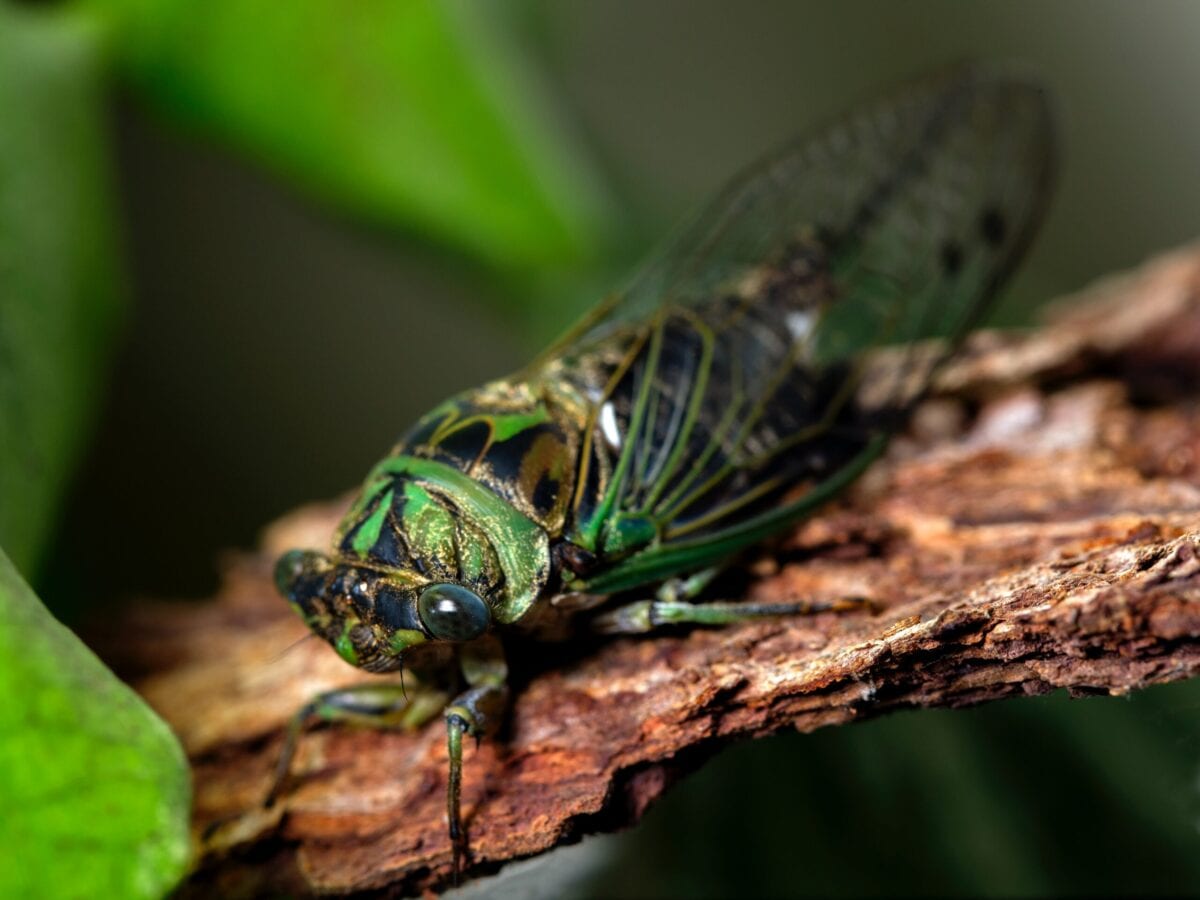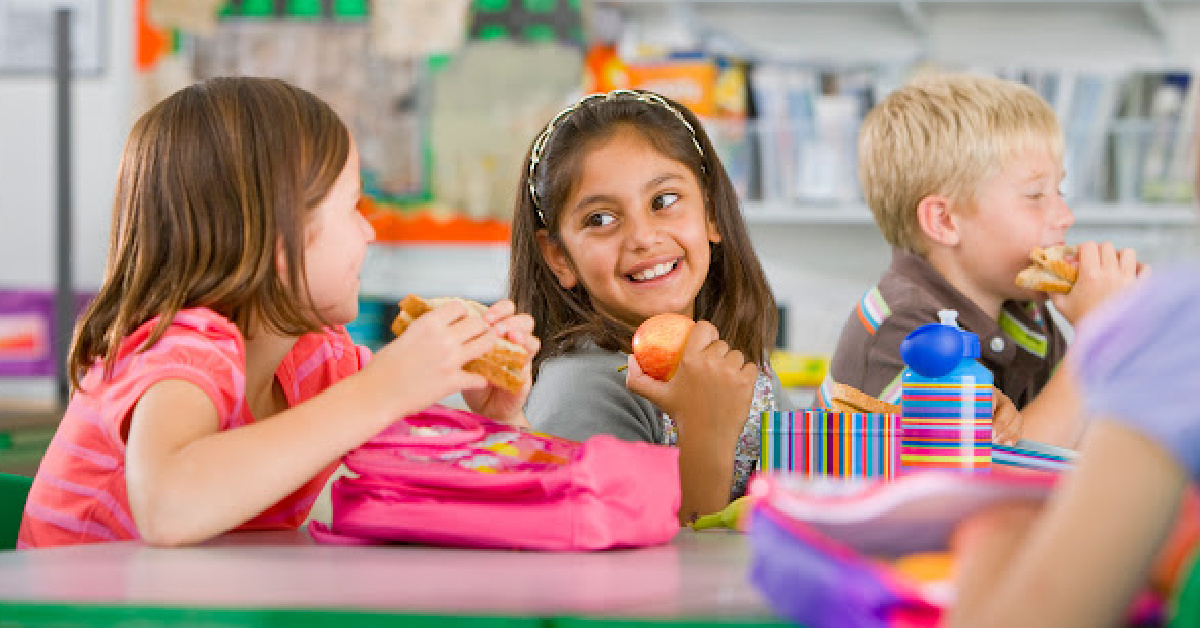What Parents Need To Know About Dry Drowning
It’s summer, and that means swimming. With swimming comes extra safety, and one of the most important things you need to about know this summer is dry drowning.
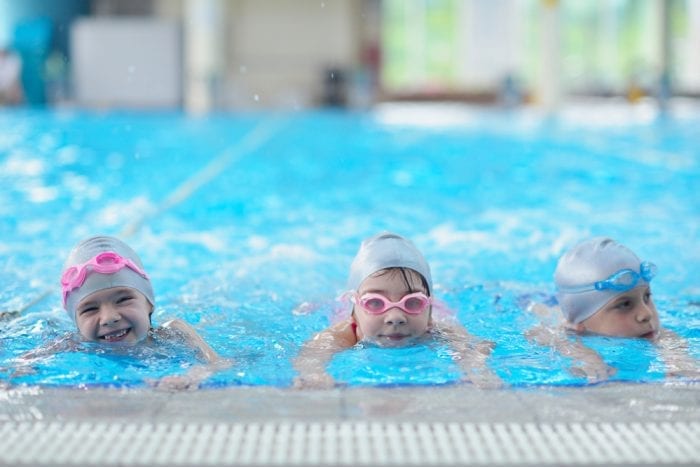
First of all, you need to know that kids drowning outside the pool or lake is actually very rare, and can be prevented.
There are two types of this kind of drowning, dry drowning and secondary drowning.
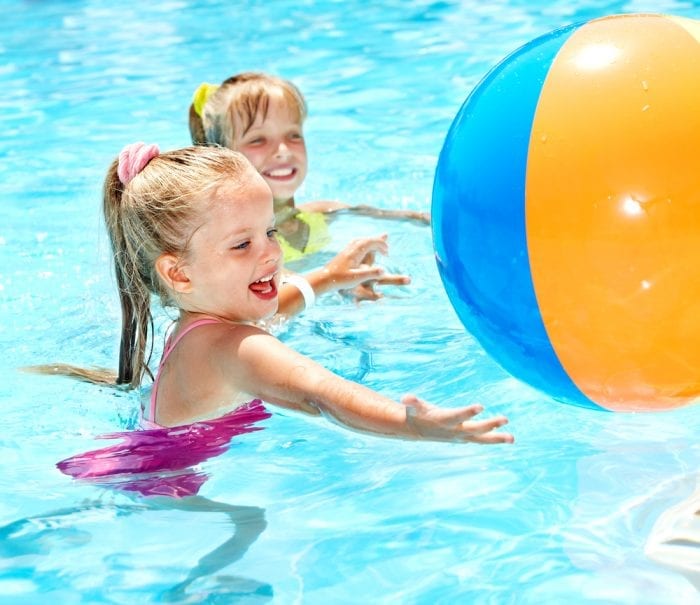
What is the difference between dry drowning and secondary drowning?
Dry drowning occurs when someone (usually a child according to statistics) inhales water through their nose or mouth and their airpipe spasms and closes off, making it impossible to breathe.
Secondary drowning happens when someone inhales water into their lungs causing inflammation or swelling. The “drowning” happens as the air sacs swell and make it impossible for you to take in air.
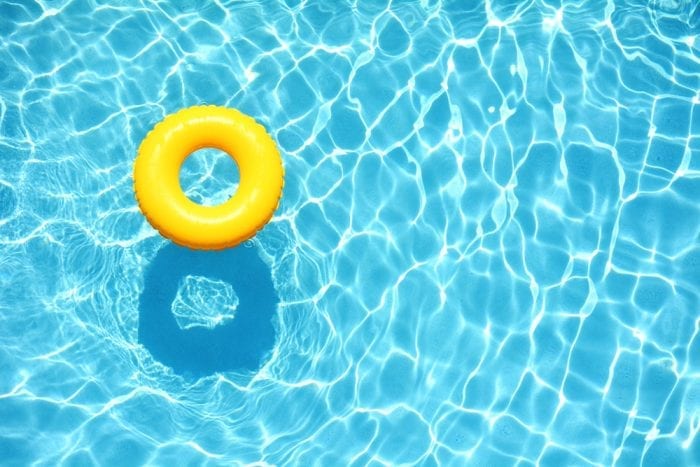
Watch what Dr. Boniface has to say about drowning.
Dr. Boniface says that when kids are in a pool, for example, and they start coughing or spitting out water, it’s likely because they have taken a lot of water into their stomach and some has gotten into their lungs. “But the body is smart. It will try to get that fluid by itself. And the cough is the body’s natural defense mechanism to do that,” he says. “In many cases, when there is a small amount of water aspirated into the lungs, coughing will allow it to be cleared.”
If the episode lingers or the person seems to be in distress, he advises calling for medical assistance. “If symptoms of respiratory dysfunction, such as prolonged cough or trouble breathing develop — whether 30 minutes after you’ve been in the water or a week — always seek medical attention.”
Dr. Boniface, YouTube
Incidents Of Both Dry Drowning and Secondary Drowning Are Rare

The biggest pool related danger kids is still drowning by submersion (which means by going under and not being able to get back up for air. Drowning is one of the leading causes of accidental death for children, and if your child is under the age of 5, pay special attention, because these kids are at the highest risk for drowning.
How Can You Keep Your Kids Safe At The Pool?
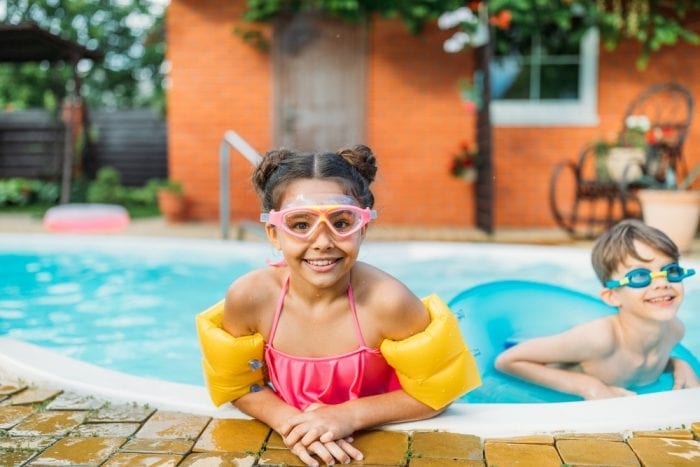
The number one way to keep children safe at the pool, lake, hot tub, or anywhere else there is water is to WATCH THEM. Children need constant supervision when they are swimming.
Pay special attention to pool floats and flotation devices. Even the strongest swimmers can get caught up in a floatie.
Lifeguards are at many pools to keep things safe, but you can’t depend on them to watch every kid at all times. Watch the kids you are with, and if you have too many, bring a friend to help watch.
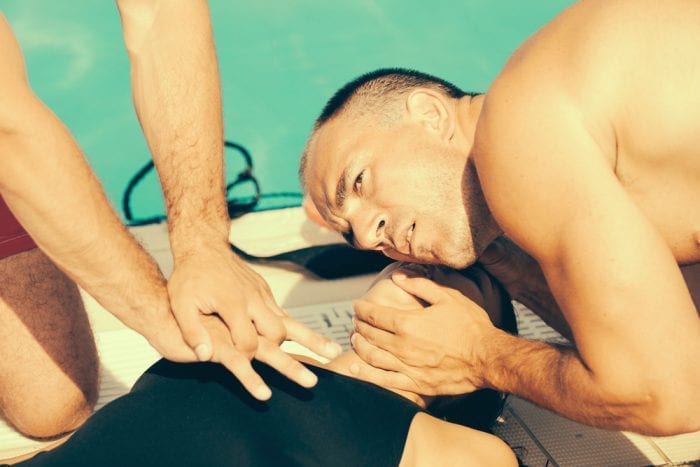
Don’t drink. If you have kids in the water, limit your own alcohol consumption around the pool– the less aware you are of what is going on, the less likely you are to be in control.
Designated sober pool watchers are just as important as designated drivers.

Teach your kid to swim. Swimming lessons are practically required at this point. The stronger a swimmer your child is, the safer they are in the water.
Keep your eyes on the water. Have someone watching the kids, not looking down distracted with a book or a cell phone. Actually watch the water.

Have fun this summer, swim every day and make it count. Just be safe when you do!

